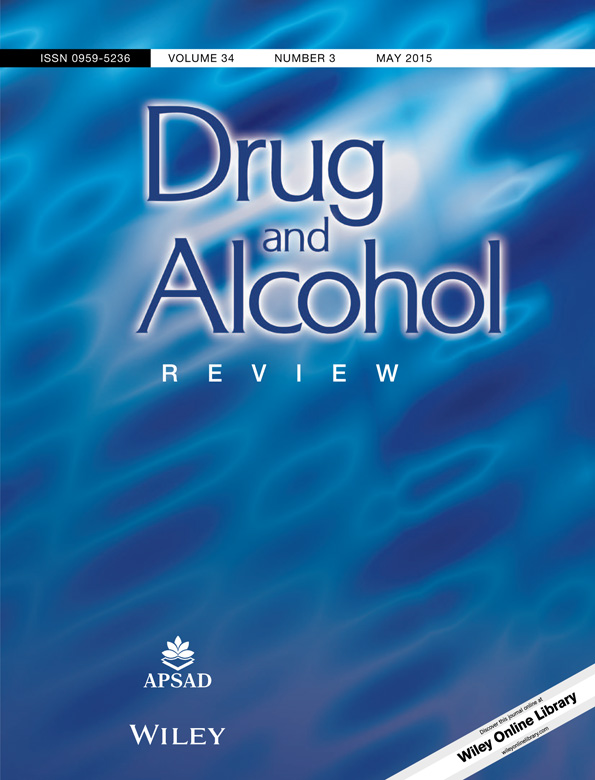Who are the New South Wales Aboriginal drug and alcohol workforce? A first description
Abstract
Introduction and Aims
Historically, Aboriginal alcohol and other drug (AOD) workers had little formal training, but this situation has changed rapidly in recent years. To understand how to better support and develop the workforce, we present the most detailed profile yet published of Aboriginal AOD workers in Australia.
Design and Methods
Workers were identified through the Aboriginal Drug and Alcohol Network, New South Wales. Participants completed a modified version of the Work Practice Questionnaire by pen-and-paper or interview in 2009.
Results
Fifty-one workers were identified, representing 85% of the known New South Wales workforce at the time. Two in three (62.7%) were male, and over half (56.9%) were aged 30–49. More workers were employed in non-government than government (60.8% vs. 39.2%) workplaces. Workers were employed under more than four different awards and with approximately eight position titles, spanning prevention and early intervention, clinical care and workforce development. Nearly all (n = 49/51, 96.1%) felt they had the necessary experience to respond to AOD issues. However, over half (n = 27/51, 52.9%) felt too much was expected of them. Just under a third (n = 15/51, 29.4%) reported no formal supervision, with fewer non-government workers compared with government receiving supervision (P = 0.02). Over half (n = 27/40, 67.5%%) earned AUD ≤ $50 000 annually, with government (vs. non-government) employment and female gender predicting a salary of >$50 000.
Discussion and Conclusions
To improve worker retention and encourage professional skills development, discrepancies in salary and award conditions need addressing. Clarifying position descriptions and improving access to formal supervision are important to maximise workforce potential and reduce stress. [Ella S, Lee KSK,Childs S, Conigrave KM. Who are the New South Wales Aboriginal drug and alcohol workforce? A first description. Drug Alcohol Rev 2014]




